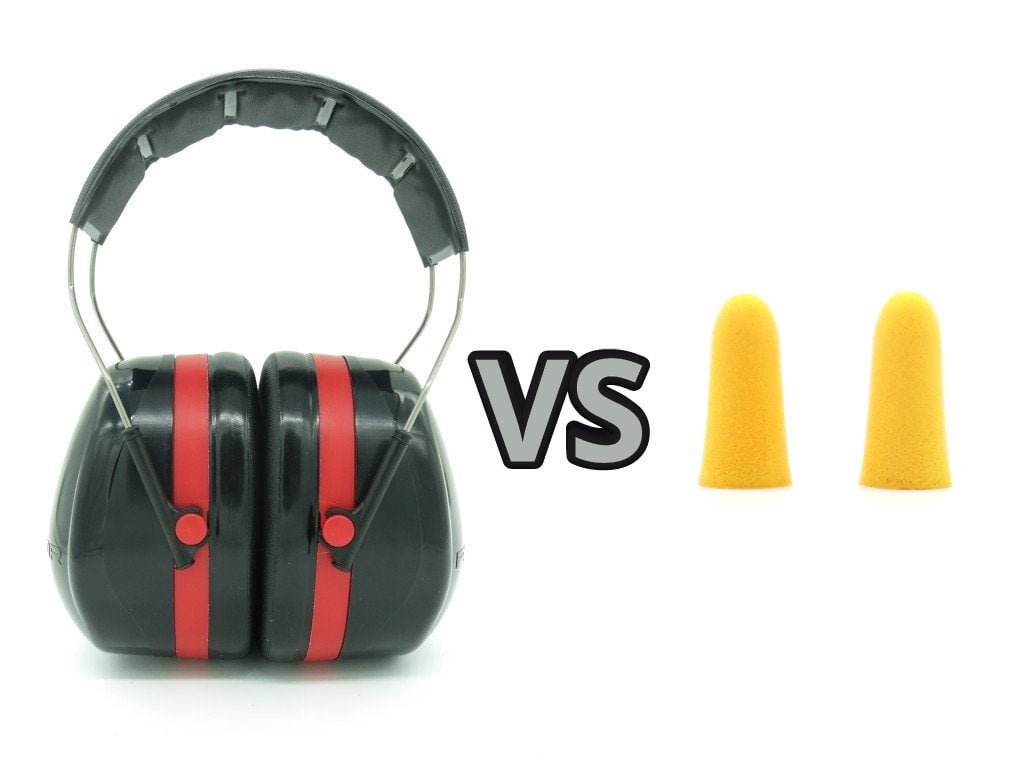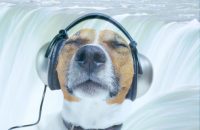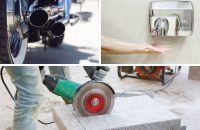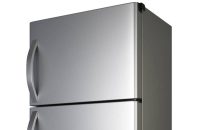
Earmuffs and earplugs both have a place in my hearing protector arsenal because they offer unique benefits.
With good earmuffs you generally get good, reliable noise reduction. You put on the muffs, adjust the headband, and can expect decent noise blocking. On the other hand, earplugs are more troublesome to fit properly, but can provide better low-frequency attenuation and won’t interfere with glasses and other safety equipment.
To get the most out of earplugs you need to select a pair that fits your ear canal, and you need to learn how to insert them deep to get optimal noise reduction.
Noise reduction of earmuffs vs earplugs in real world studies
Real world tests have shown that many users of earplugs don’t get even half the stated noise reduction rating.
The NRR is a laboratory-derived value based on experimenter fit: a trained, experienced person inserts the earplugs, not the person wearing them.
What’s more, every ear canal is different, so even if you know exactly what you are doing, not all high-NRR earplugs will provide optimal noise blocking for you. You need to get the technique right and you need to get the right earplugs for your ear.
The data from several studies indicate that the NRR overstates the real protection hearing protectors provide.
What’s more, in these studies earmuffs generally provided more noise reduction than earplugs.
Because of this data and the fact that the NRR is obtained through experimenter fit, the NIOSH recommends derating earmuffs by 25%, formable earplugs by 50 percent and all other earplugs by 70%.
The highest-rated foam earplugs have an NRR of 33 dB, while the highest rated earmuffs have an NRR of 30 dB or 31 dB.
If you follow NIOSH’s scheme, the de-rated NRR is 16.5 dB for the best foam earplugs and 23.25 dB for the best earmuffs. In other words, the average user should expect a higher noise reduction from the best earmuffs compared to the best earplugs.
Optimally inserted earplugs can provide better low-frequency noise reduction than earmuffs
Earmuffs and earplugs sold in the U.S. have to be accompanied by the NRR and a table that details attenuation by frequency octave band. Below is the table for a pair of NRR-30 rated earmuffs (3M Peltor Optime 105) and a pair of NRR-30 foam earplugs (Howard Leight Max Lite).
While equal in their noise reduction rating, in the lab the earplugs clearly attenuated the lower frequencies better than the earmuffs. At the intermediate frequencies the earmuffs outperformed the earplugs.


To get this better low-frequency noise reduction for earplugs, you need to insert the plugs deep into the ear canal.
Note: As a step in the calculation of the NRR, two standard deviations have to be subtracted from the mean attenuation. This is reflected in the last row.
Advantages of earmuffs
- Generally easy to fit and achieve good noise reduction with.
- Easy to put on and remove – suitable for intermittent noise.
- Some earmuffs feature electronics that facilitate communication but limit dangerous noise.
- Other electronic earmuffs can amplify environmental noise (e.g., for hunting), while clipping dangerous noise levels.
- Easy to clean.
- For most models, hygiene kits are available that allow the replacement of ear cushions and foam insulation.
Disadvantages of earmuffs
- Personal safety equipment and headgear may interfere with the seal of the ear cushions.
- For example, in one study, safety glasses with thin temples reduced the NRR by 2 dB while glasses with thick temples reduced the earmuffs’ NRR by 9 – 11 dB.
- Baseball caps worn underneath also lead to a loss of 5 dB.
- Earmuffs can get hot and make your ears sweaty.
- The clamping force of the headband can put pressure on the temples and make the muffs uncomfortable to wear for long periods of time.
Advantages of foam earplugs
- No interference with glasses and other personal protective equipment or headgear.
- Superior low-frequency noise blocking when optimally inserted.
- Ears stay cool in hot environments.
- Light-weight and easy to carry around.
- Suitable for sleeping.
- Can be worn under a motorcycle helmet.
- Options for musicians to attenuate noise equal along all frequencies
Disadvantages of foam earplugs
- Fit and noise reduction are highly dependent on the skill level of the user.
- Not one-size fits all: different ear canals may require different earplugs.
- Reinserting warm earplugs can be challenging.
- They can irritate ear canals.
- Deeply inserted earplugs can become painful.
- Not everyone can tolerate earplugs.
- Clean hands are needed to roll and insert earplugs.
Why you should become an expert in both earmuffs and earplugs?
If you are working under hazardous noise, whether at your work place, at the range, as a musician, or at home in your wood workshop or while blowing leaves, you absolutely want to become an expert in how to protect your hearing as best as possible.
You might find that wearing earmuffs long-time causes you a headache or that wearing earplugs long-time causes your ears to become sore. You definitely want to understand both types and have experienced both types.
For noise levels above 100 dBA (as an 8 hour time-average), the NIOSH strongly recommends doubling up, that is wearing earplugs and putting earmuffs on top.
This doubling up only works well if you have selected earplugs that fit you and have learned how to insert them for optimal noise reduction. (Note: doubling up only provides an additional 5 dB to 10 dB on top of the higher-rated hearing protector. To be on the conservative side, OSHA only allows adding 5 dB to the higher-rated protector.)
Impulse noise caused by firearms at an outdoor range can easily exceed 160 dB. This noise level can cause instant hearing damage. Again, wearing double-protection of earplugs and earmuffs is the thing to do at the range. Improperly fitted earplugs or weak earmuffs may not be enough to avoid hearing damage.
My personal take
I find it difficult to match the performance of the best earmuffs with earplugs. Despite several of my earplugs being rated 33 and the best earmuffs I have rated “only” 31, these earmuffs generally attenuate noise better for me.
I have learned how to insert earplugs and use them often in situations where earmuffs are not an option or uncomfortable. Through trial and error I have found several types of foam earplugs that work well for me.
However to get close to the performance of my favorite earmuffs, I have to insert these earplugs very deep in my ear canal, to the point where they actually become uncomfortable or even painful.
I recommend you get a pair of good earmuffs and good earplugs. Select one model of earmuffs (based on the noise level you are exposed to) you can wear long-time without major discomfort and preferably find two or three different types of slow-recovery foam earplugs that work for you. That way you can alternate between these earplugs when one type becomes uncomfortable.
Do not just trust the NRR printed on your earplugs. You may get only 10 dB instead of the printed 30 dB if they don’t fit.
Ideally you want to fit-check your earplugs using professional equipment if you are exposed to hazardous noise. While not as rigorous as this equipment, the free test Quickfit by the NISOH can give you some indication whether your earplugs are properly fitted.
If you need to wear safety glasses or other glasses, preferably select some with thin temples. Be aware that you may still incur a performance loss with your earmuffs.
By the way, I can quite easily wear a cap on top of the Peltor Optime 105 used as an example in this article because the headband is thin and nicely follows the shape of the head. The same is not true for all earmuffs.

![Active Noise Cancelling vs Noise Isolating Headphones [Tested] Active Noise Cancelling vs Noise Isolating Headphones [Tested]](https://noisyworld.org/wp-content/uploads/2021/09/noise-cancelling-vs-noise-isolating-headphones-200x130.jpg)




